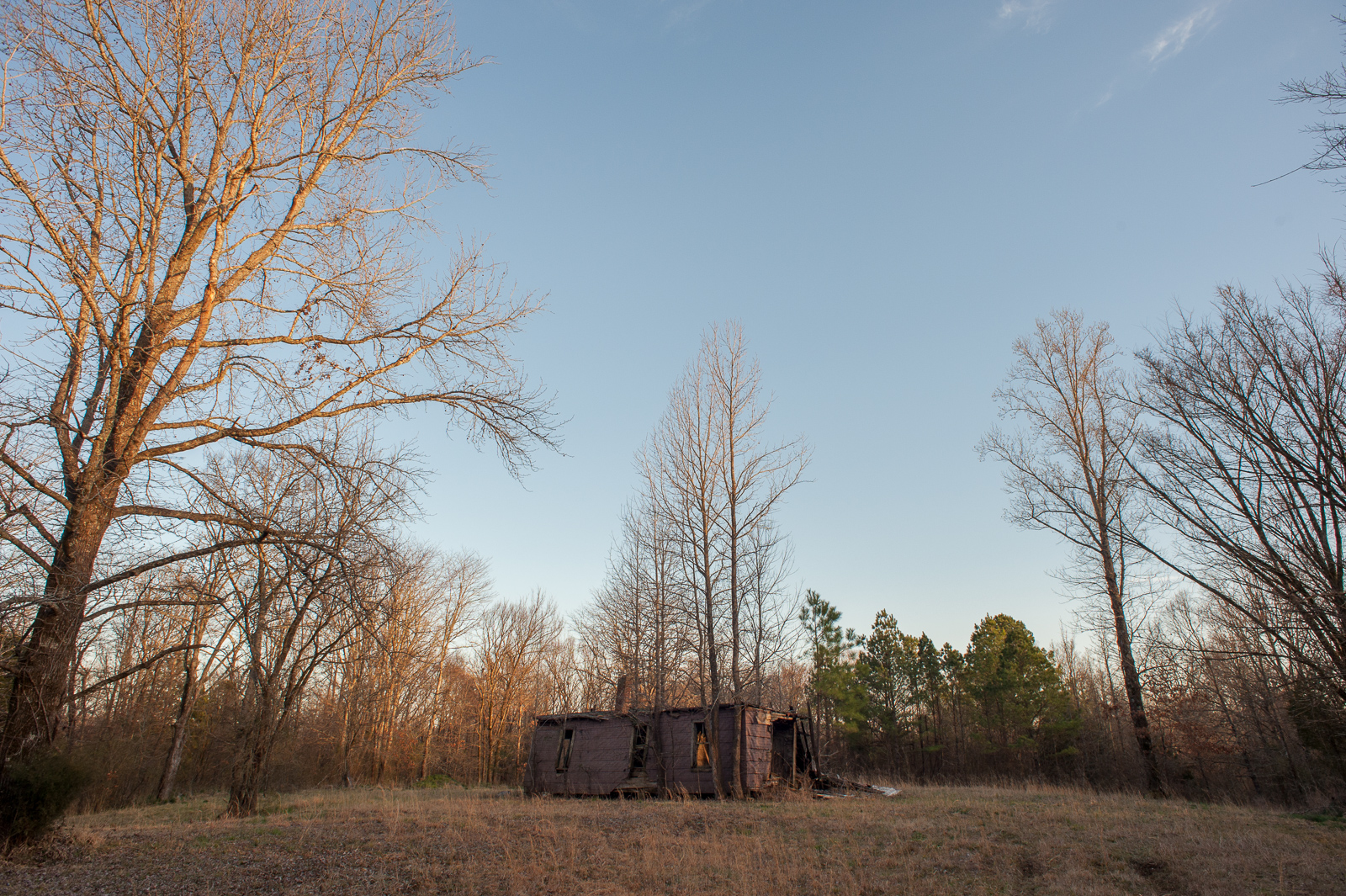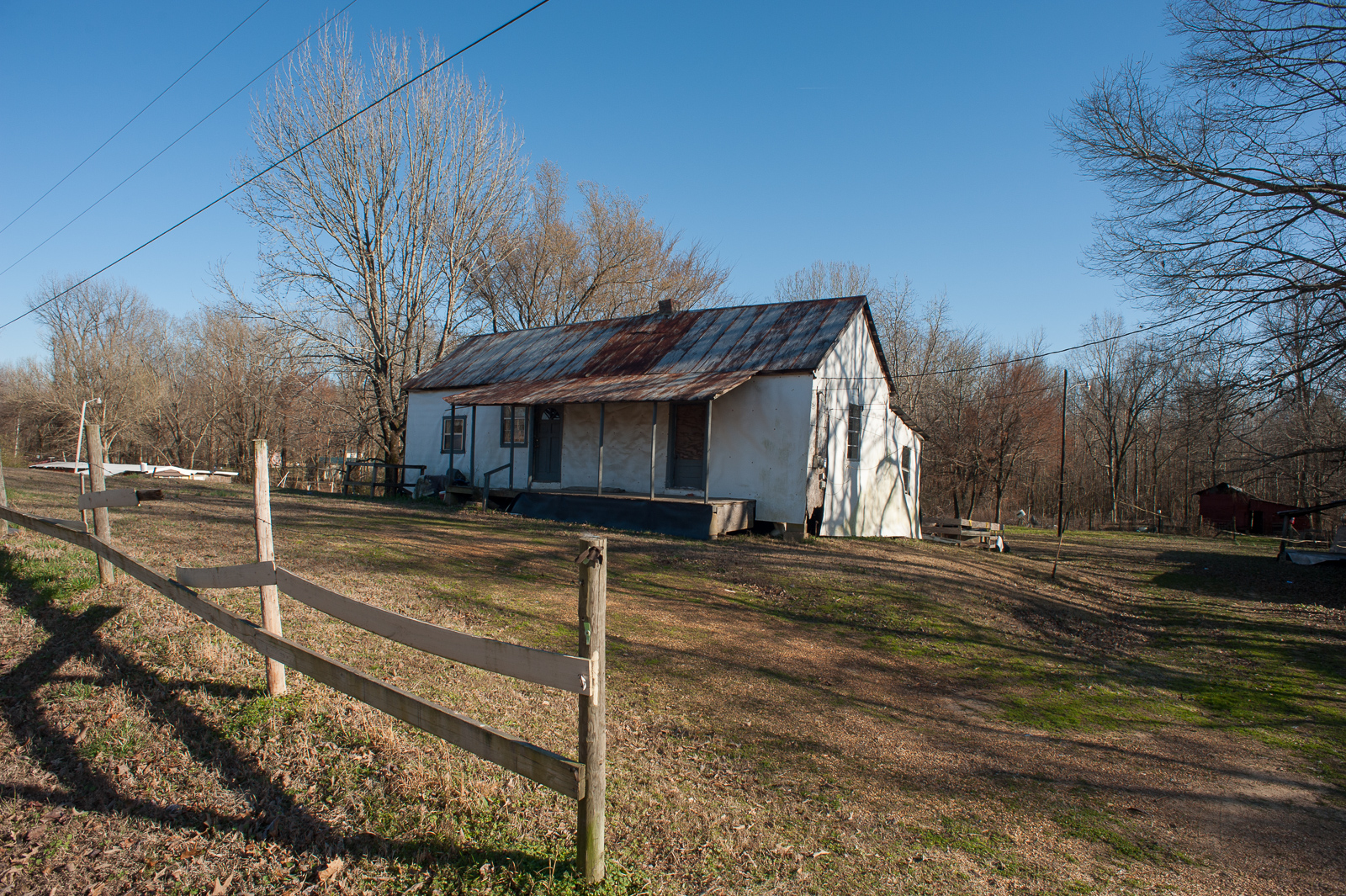http://www.doeseatplace.com/
Doe's Eat Place was established in 1941 by Dominick "Doe" Signa and his wife Mamie. Doe's Father moved to Greenville in 1903 and opened a grocery store in the building that now serves as the restaurant. The family lived in a house behind the store. The grocery which the Signa Family called Papa's Store did well until the 1927 flood. After that, Big Doe Signa went into bootlegging to help the family get back on its feet. After several years he sold his 40 barrel still for $300.00 and a Model T Ford. Around 1941 Mamie received a partial recipe for hot tamales. She improved the recipe and began selling them. That was the beginning of Doe's.
At first Signa ran a honky tonk in the front part of the store. It was strictly for blacks. He had things like buffalo fish and chili. Ironically, the "carriage" trade arrived by the back door, like segregation in reverse. One of the local doctors began coming for a meal between calls. Big Doe would cook him up a steak and feed him in the back. Pretty soon the doctor brought another doctor then a lawyer and before he knew it Doe had a regular restaurant in the back. After calling in family and in-laws to help with his thriving restaurant, he eventually closed the honky tonk and focused on the eat place.
Big Doe Signa retired in 1974 and turned the business over to his sons Charles and Little Doe. Today they still carry on the family tradition of greeting customers in the front kitchen that was the original honky tonk. Though time has taken a toll on the building, it only adds to the atmosphere of dining at an old family restaurant where the true authenticity of the 1940's grocery and restaurant remains.

